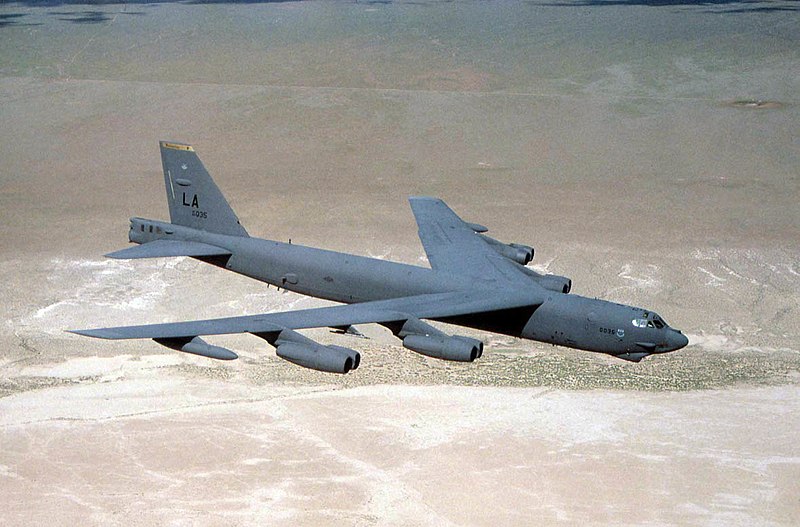Over the past holiday weekend, I thought much about my experiences as a teenager, during which I participated in honoring our fallen by placing flags at their graves for Memorial Day. I remember speaking with my grandfathers, both Army Air Corps veterans, about their experiences during WWII and the challenges that they faced during those perilous times. Remembering Earl Curzon’s famous quote that the Allies in WWI “floated to victory on a wave of oil,” only reinforced for me the truth of the famous saying that “those failing to learn from the mistakes of the past are bound to repeat them.”
In terms of energy security, I’d assert that we not only have the potential to repeat our mistakes, but also could double down on the scope of their national security and economic impacts, not if, but when energy supply chains are disrupted. Now, these stakes can be even higher with greater energy vulnerability, natural resource constraints, and climate related threat multipliers.
In my last post, I mentioned concept of diversification and its importance in our operational fuels moving forward. Our warfighters have relied on petroleum-based jet fuels since the dawn of the jet age and on marine diesel and fuel oils for even longer. These are the energy commodities around which the vast majority of our military capabilities have been designed for. In a way, our weapons platform mix or force structure is an apt analog to our operational fuel paradigm. A weapons platform’s purpose is effectively to deliver steel on target. Likewise, operational fuels purpose is to just deliver BTUs to our force multiplier technologies, whether jet turbines, compression ignition engines or field generators.
In a way, our workhorse—conventional petroleum fuels—are a good analog to our B-52s. Both have served our warfighters well for generations and will continue doing so into the future. However, while one of our first jet-powered and most enduring “bomb trucks,” the B-52s are not the only weapons platform in our military’s arsenal for delivering steel on target. A diversified set of weapons platform capabilities allows us flexibility for changing mission sets and for a rapidly evolving global security environment. While B-52s can deliver ordnance in multiple roles, it is not as well suited to close ground support and tank killing as, say, the venerable A-10 “Warthog.”
Likewise, our growing fleet of MQ-9 Reapers, with their extreme loiter time, advanced sensors, and more limited ability to carry ordnance, provide flexibility and options for accomplishing new mission sets, such counter-insurgency and counter-terrorism.
This diversity of force structure likewise applies to our operational fuel options, more precisely their supply chains and feedstocks. My colleague, Taylor Wilkerson, in his chapter on supply chain risk management and building resilience reflects this approach. We will certainly continue using our petroleum-based fuels (“B-52s”), but should we support our military services efforts to diversify their operational fuel supply chain vulnerabilities, such as alternative fuels and biofuels? What are our operational fuel “A-10s” and “Reapers” should we be investing in? What should our military’s operational energy force structure look like moving forward? Certainly these are open questions, but our warfighters deserve reduced vulnerability provided by diversified operational fuel supply chains. If there are side benefits, such as performance enhancements and reduced air and GHG emissions, why should these be detractor to their use, particularly if they support great combat capability and potentially reduce lifecycle maintenance costs (reduced engine teardowns)?
While down at the NDIA’s E2S2 conference last week in New Orleans, I sat in an insightful panel discussion on “Energy Security Grids / Infrastructure,” discussing over a decade of work and lessons learned in securing our nation’s critical electrical infrastructure. Of note, a representative from Entergy, the local electrical utility, shared their experiences post hurricanes Katrina and Rita and, later, Ike—all of which spurred them to take a proactive risk management approach (as part of an integrated climate adaptation plan) that informed investments and partnerships to build resilience both with their infrastructure and with their customers.
These analyses, planning and outreach effort are projected to reduce this utility’s anticipated annual losses by billions of dollars moving forward. Proactive risk management fundamentally informs organizational cost and budgetary decisions, and this is, in many ways, analogous to the military services efforts in alternative operational fuels. Another speaker on this energy security panel noted that 9/11 spurred the US government to focus on security but that Katrina forced them to reevaluate and face the critical necessity to build in resiliency into our critical electric grid infrastructure.
This begs a similar question for our operational fuel mix: we are certainly ocusing on energy security, but is the current approach and support sufficient for our military’s alternative fuels to be a resilient and diversified operational energy force structure moving forward? My hope is that our leaders will have the foresight to allow them to choose their path proactively without a detrimental catalyst to action, such as a Persian Gulf closure impacting petroleum prices.




No comments:
Post a Comment